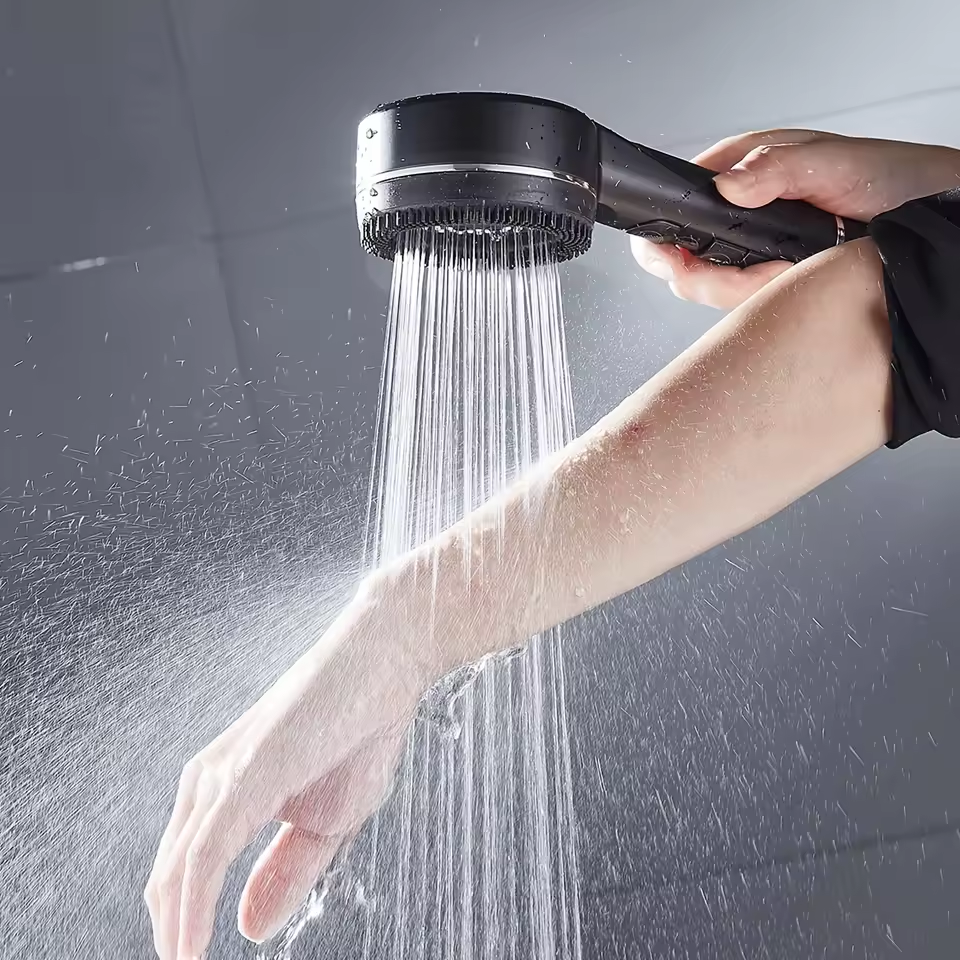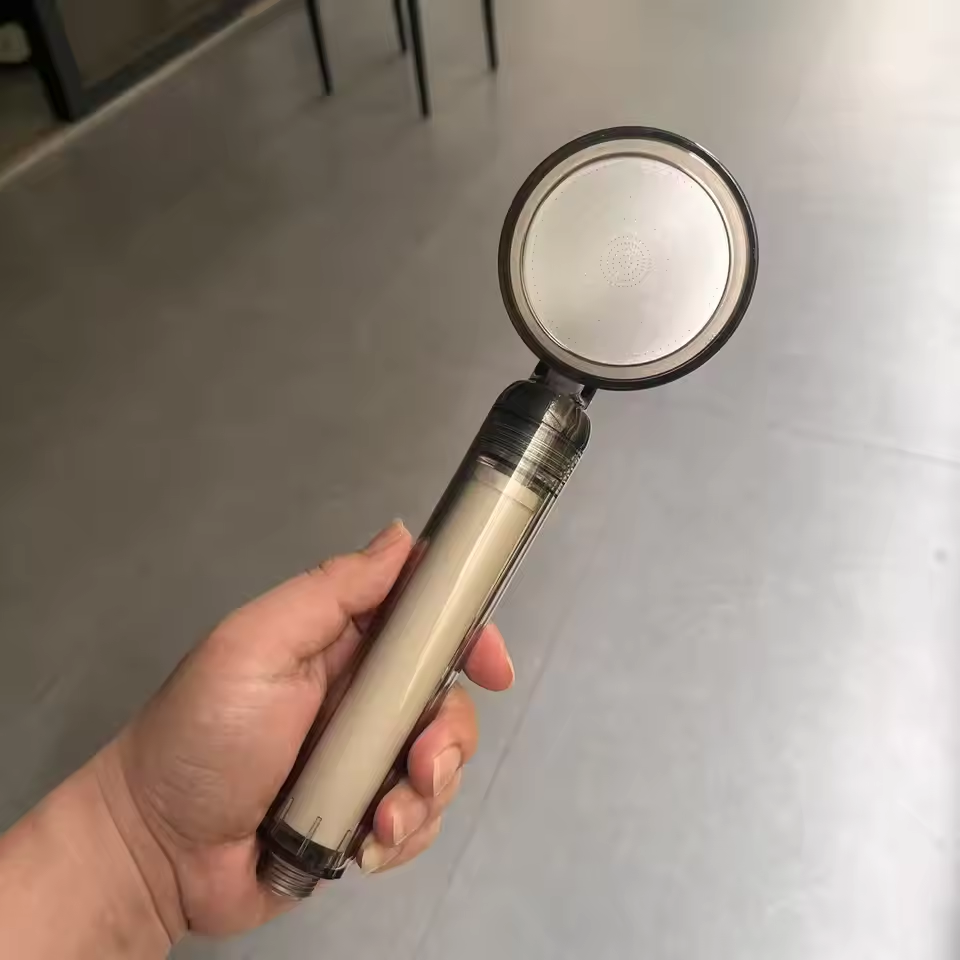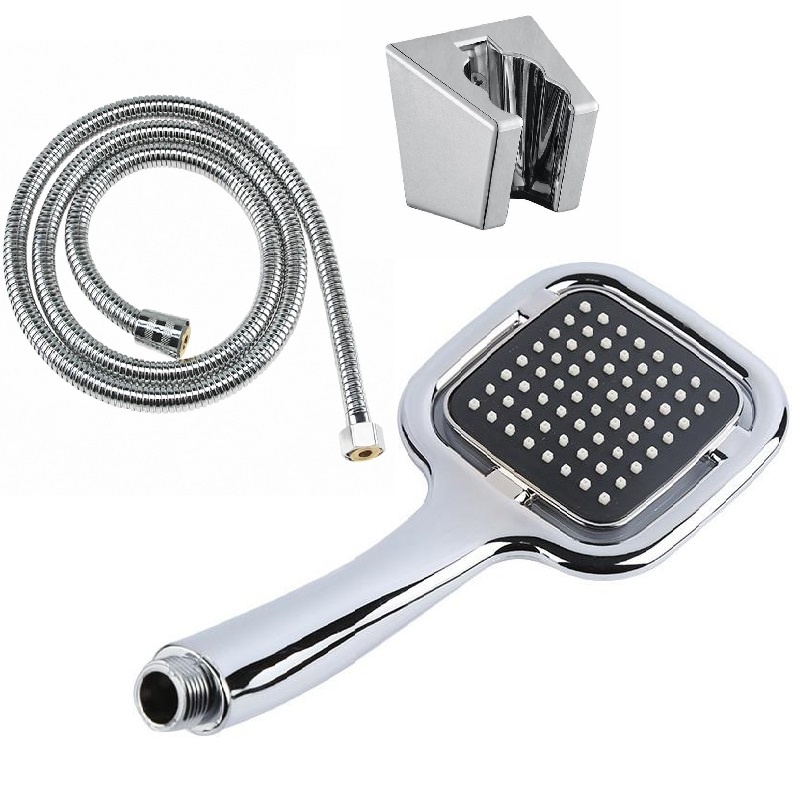Introduction to Shower Head Installation
Embarking on a shower head replacement can uplift your daily shower experience. It’s a straightforward task that most homeowners can manage with ease. This guide sets out to simplify the process ‘how to replace a shower head‘, ensuring you’re equipped to handle the job from start to finish.
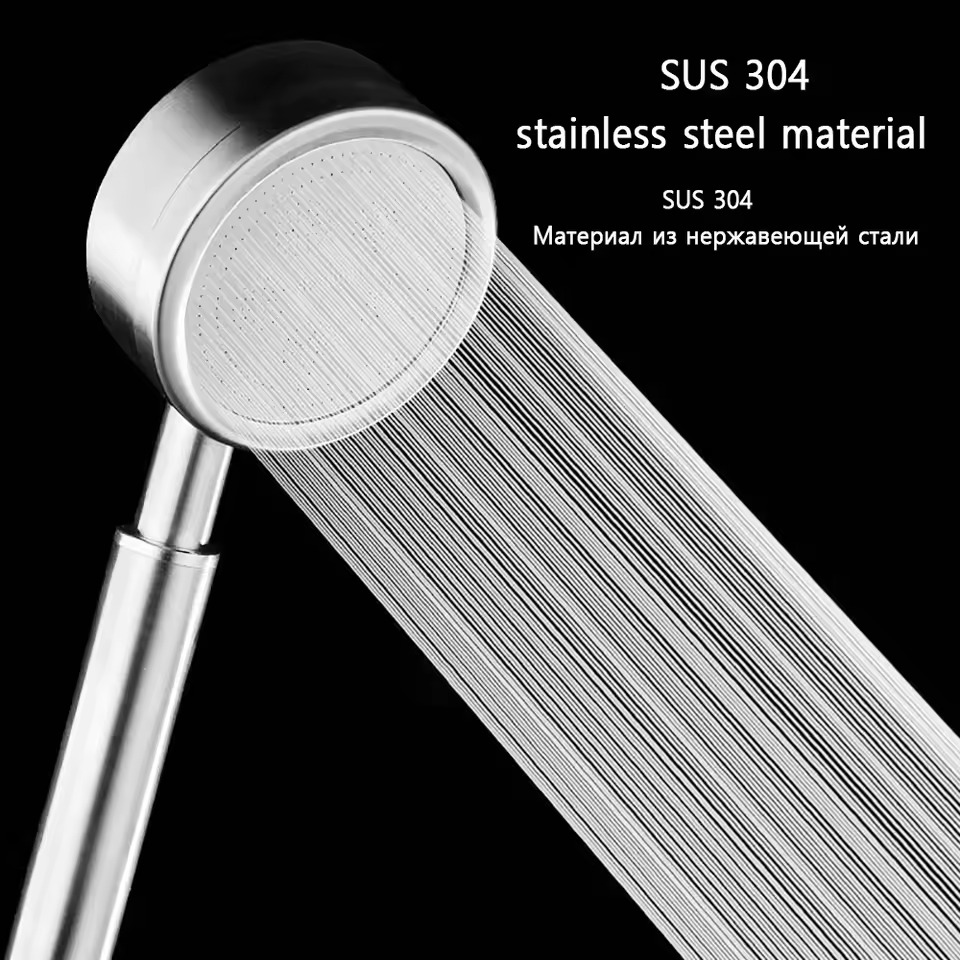
Understanding the basics is crucial before you begin. Replacing a shower head doesn’t just boost aesthetics; it can also improve water efficiency and shower pressure. This task might sound daunting, but with the right tools and a bit of know-how, you can execute it flawlessly.
We will cover the needed tools, selecting the ideal shower head, and the actual installation. We’ll also share tips to prevent leaks and ensure your installation goes smoothly. Let’s get started on transforming your bathroom with a brand new shower head.
Necessary Tools and Materials
Before diving into how to replace a shower head, gather your tools and materials. Doing so will make the process smoother and faster. Here’s what you’ll typically need:
- Adjustable Wrench: This tool is essential for loosening and tightening the connections.
- Teflon Tape: Also known as plumber’s tape, this helps seal the threads and prevent leaks.
- Rag or Cloth: Useful for cleaning threads and wiping away debris or old tape.
- Joint Compound (optional): Some prefer using a joint compound in addition to Teflon tape for a better seal.
- New Shower Head: Obviously, you will need the new fixture you plan to install.
- Bucket or Bowl: Handy for catching any residual water when removing the old shower head.
Check everything twice. Make sure your new shower head comes with all necessary components. Some models include gaskets or rubber washers that are vital for a leak-free installation. Remember, the right tools will help you avoid common issues later.
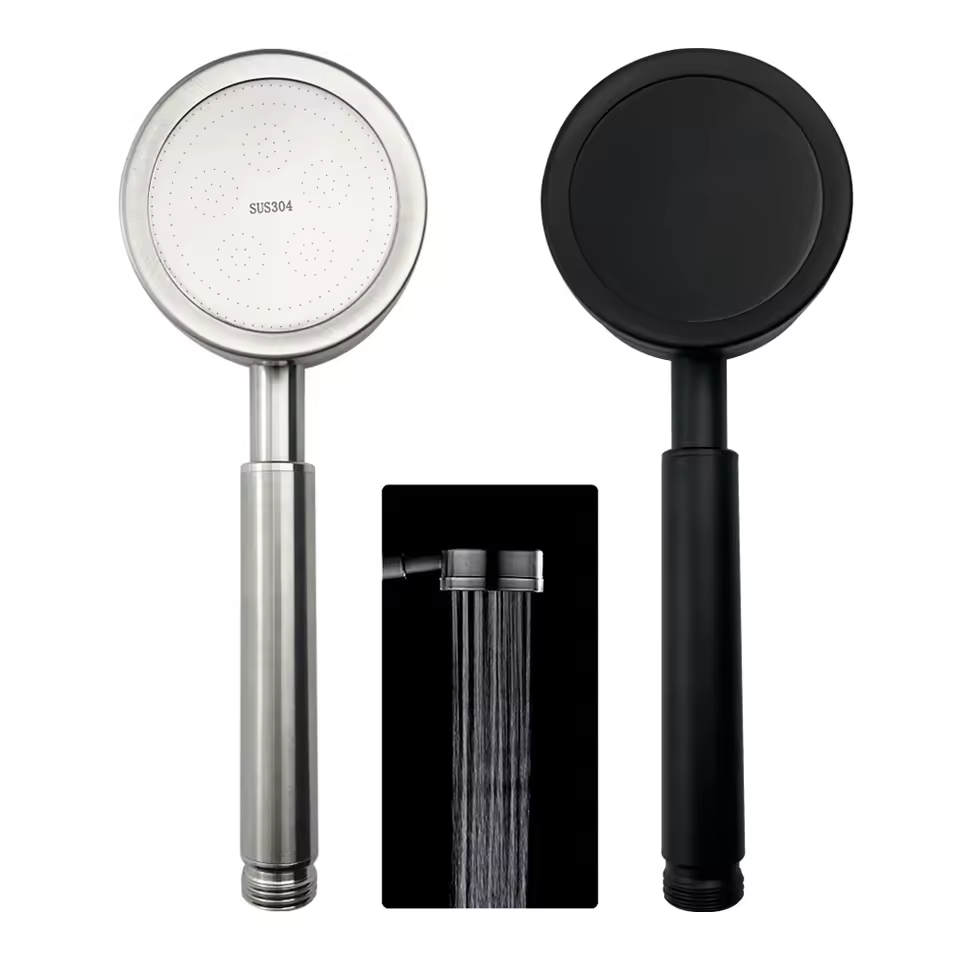
Step-by-Step Guide to Removing the Old Shower Head
Removing the old shower head is your first step in upgrading your bathroom fixture. Here’s a simple, clear-cut process to follow:
- Turn Off the Water: Start by ensuring that the water supply to your shower is off to prevent any unexpected spray.
- Position Your Bucket or Bowl: Place a bucket or bowl under the shower arm to catch any drips or residual water.
- Unscrew the Old Shower Head: Using the adjustable wrench, grip the base of the old shower head. Turn it counterclockwise. If it’s stuck, apply gentle pressure until it loosens.
- Clean the Shower Arm Threads: Once removed, wipe the threads on the shower arm with your rag or cloth. Clear away any rust, debris, or old Teflon tape. This step ensures a clean connection for the new shower head.
- Inspect the Washer: Check for a washer inside the connection. If it’s damaged or missing, replace it to prevent leaks when you install the new head.
By following these steps, you can easily remove your old shower head and prepare for a fresh installation. Remember to work gently to avoid damaging the threads or plumbing.
How to Choose the Right Shower Head
Choosing the right shower head can make or break your shower experience. To ensure you pick the best option, consider the following factors:
- Spray Pattern and Intensity: Think about how you like your water to flow. Do you prefer a gentle rainfall or a powerful jet? Shower heads come with various settings, so pick one that suits your preference.
- Water Efficiency: Water-saving shower heads can reduce your water usage without compromising on performance. Look for models with a WaterSense label to save on your bills and conserve water.
- Design and Finish: Match your new shower head to your bathroom’s style. Choose a finish and design that complements your fixtures and tiles.
- Ease of Installation: Consider shower heads that are easy to install. Quick and simple installation means you can enjoy your new shower faster.
- Durability and Quality: You want a shower head that will last. Check reviews to gauge the quality and durability before you buy.
- Budget: Determine your budget ahead of time. There are options available for every price range, from basic models to luxurious fixtures.
Inspect each option closely before making a decision. Remember, this is an investment in your daily comfort and your home’s value.
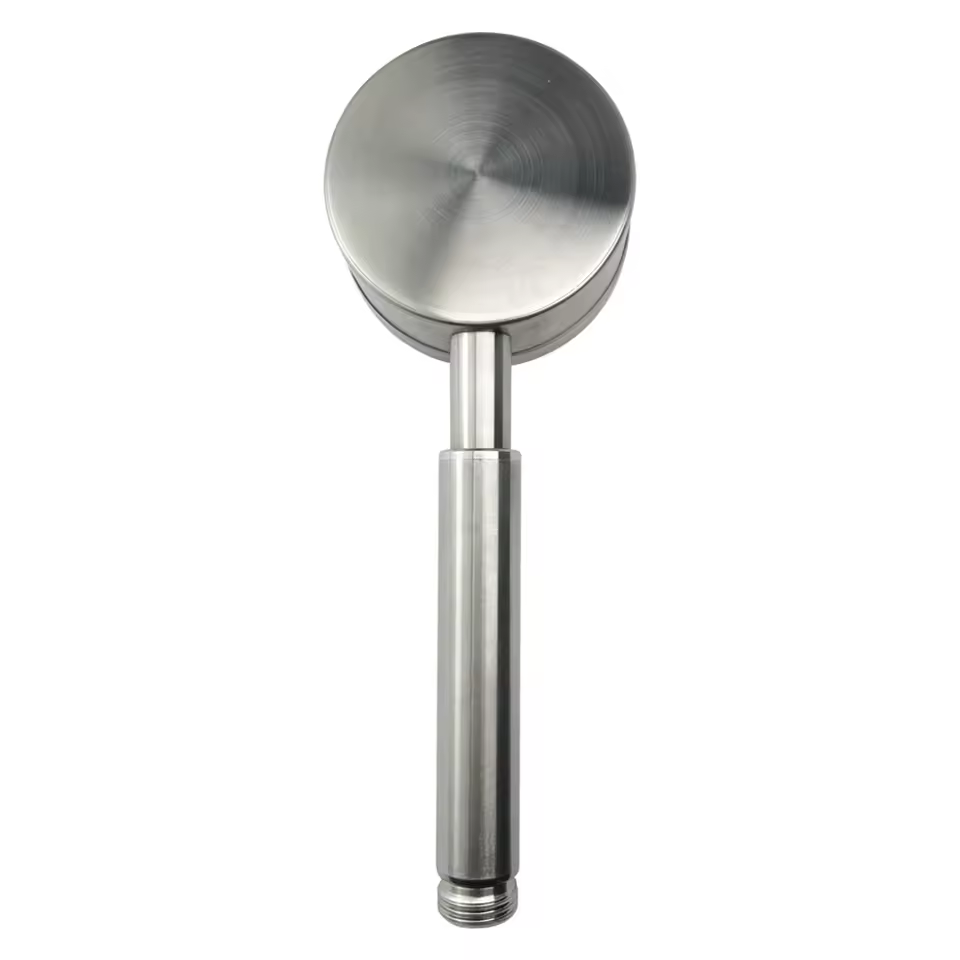
Installation of the New Shower Head
Once you have chosen the perfect shower head, it’s time to install it. This crucial step requires precision and care. Here’s a concise guide to help you with ‘how to replace a shower head’:
- Prep the Shower Arm: Ensure the threads on the shower arm are clean and free of debris. If not done earlier, now is the time.
- Apply Teflon Tape: Wrap Teflon tape around the threads of the shower arm. Do this in a clockwise direction. This helps prevent leaks.
- Attach New Shower Head: Take your new shower head and screw it onto the shower arm. Use your hand to tighten it as much as possible.
- Use a Wrench for the Final Turn: If needed, use an adjustable wrench for one final turn. Be gentle, you do not want to damage the new head.
- Check for Leaks: Turn on the water and look for any sign of leakage. If there’s a leak, turn the water off and try tightening the head a bit more.
- Final Inspection: Once satisfied there are no leaks, do a final inspection. Make sure the shower head is secure and sits correctly.
Remember to handle all parts with care. Tighten connections enough to seal, but avoid over-tightening which might cause damage. With these steps, your new shower head should now be ready for use.
Tips for Sealing and Preventing Leaks
Ensuring a leak-free shower head installation is as vital as the installation itself. Here are effective tips to help you prevent leaks and seal your new shower fixture properly:
- Use Quality Teflon Tape: Opt for a high-grade plumber’s tape. Apply it snugly in a clockwise direction, over the thread.
- Do Not Over-Tighten: Tighten the shower head by hand first. Then, carefully use a wrench for the last turn.
- Check All Seals and Gaskets: Make sure any rubber seals or gaskets are in place and undamaged. They are crucial for preventing leaks.
- Use Joint Compound if Needed: Some installers prefer an extra layer of protection. Apply the joint compound over Teflon tape for a stronger seal.
- Re-inspect After First Use: After the first shower, re-check the seal. Tighten slightly if you notice any drips.
By following these tips, you’ll likely avoid the common problem of leaks. These practical suggestions will help with ‘how to replace a shower head’ and ensure a long-lasting seal. Take your time, and remember, a successful installation keeps the water flowing where it should.
Maintenance and Cleaning of Your New Shower Head
Proper maintenance and cleaning ensure your shower head works well for years. To maintain your new shower head, follow these simple steps:
- Regular Inspection: Every few months, check for limescale or mineral buildup. This prevents blockages and maintains water flow.
- Cleaning Process: Mix equal parts white vinegar and water in a bag. Attach it to the shower head. Let it soak for an hour. Rinse thoroughly afterwards.
- Gentle Scrubbing: For stubborn grime, use a soft brush. Gently scrub the nozzles and surface. Avoid harsh abrasives to protect the finish.
- Check Movements: Ensure swivel joints and adjustments work smoothly. Apply a silicone-based lubricant if necessary.
- Replace Washers and Seals: If you notice drips, replacing seals and washers might fix the issue. Do this annually, or as needed.
- Manual Cleaning: If your shower head detaches, occasional deep cleaning can be helpful. Follow your manufacturer’s instructions.
Remember, keeping your shower head clean not only maintains its performance but also contributes to a hygienic bathroom environment. Stick to these maintenance tips and enjoy your showers without hassle!
Troubleshooting Common Issues After Installation
After you have replaced your shower head, you might encounter some issues. Don’t worry, most problems are easy to fix. Here’s what to look out for and how to troubleshoot common issues you may face:
- Leaks at the Connection: If you notice water dripping from where the shower head connects to the arm, check the tightness. You may need to tighten it more, but be careful not to overdo it. Double-check the Teflon tape and consider reapplying it if necessary.
- Uneven Water Flow: Blockages in some holes of the shower head can cause irregular flow. Clean the nozzles with a gentle brush or soak them in white vinegar to remove any buildup.
- Low Water Pressure: This may be due to a water-saving feature in your new shower head. If it’s too low for your liking, check if there’s a flow restrictor that you can adjust or remove according to the manufacturer’s instructions.
- Shower Head Does Not Stay in Place: If the shower head wobbles or doesn’t hold its position, see if the swivel joint is too loose. You can usually tighten it with a wrench, but remember to protect the finish with a rag.
- Water Spraying in the Wrong Direction: This often means the shower head isn’t aligned correctly. Adjust it manually to direct the flow where you want it.
- Noise When in Use: A whistling or hammering sound might be caused by loose parts or high water pressure. Confirm all parts are secure, and if the issue persists, a water pressure regulator may be needed.
When troubleshooting, always refer to your shower head’s manual. It can provide specific guidance tailored to your model. With these tips, you now know how to replace a shower head and handle any issues post-installation effectively.
